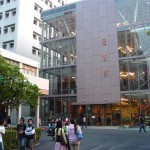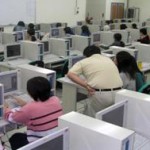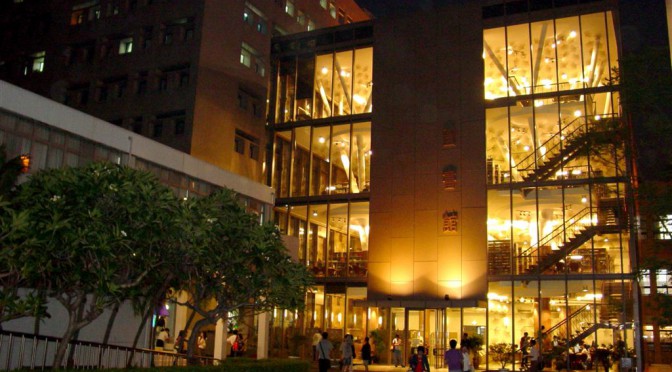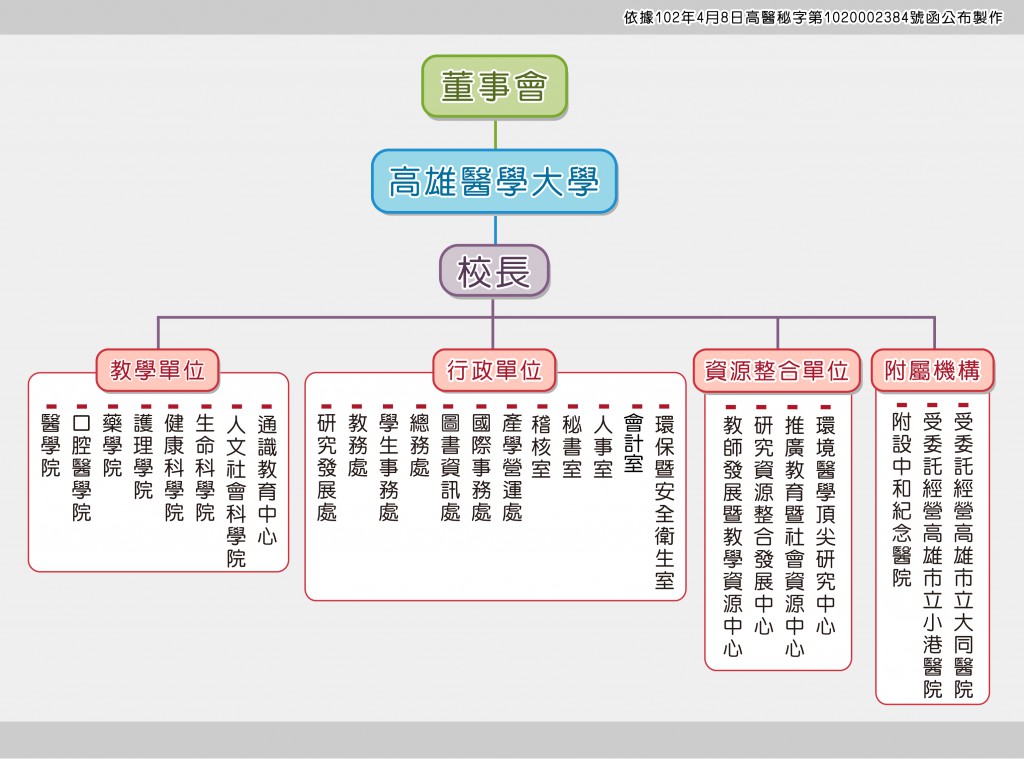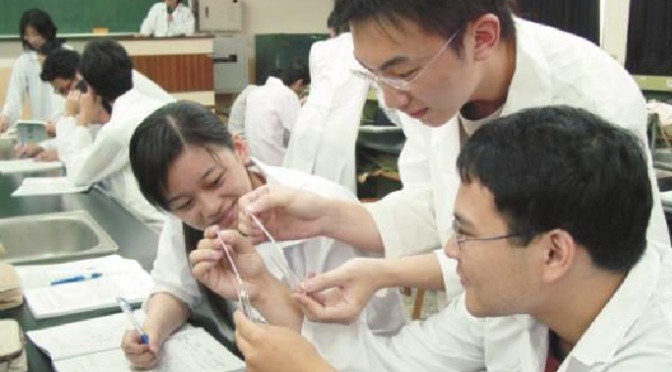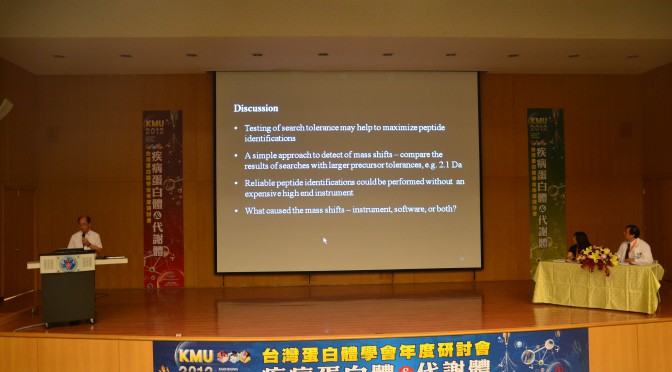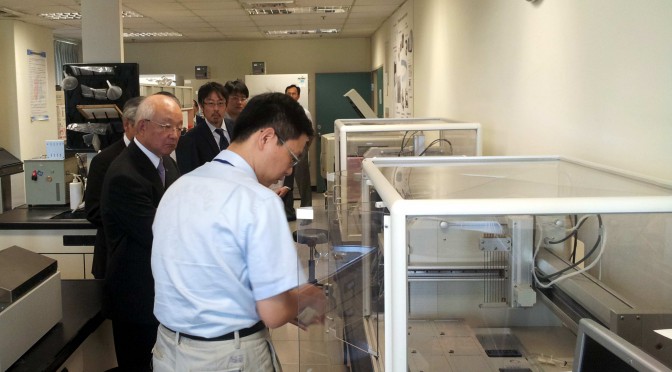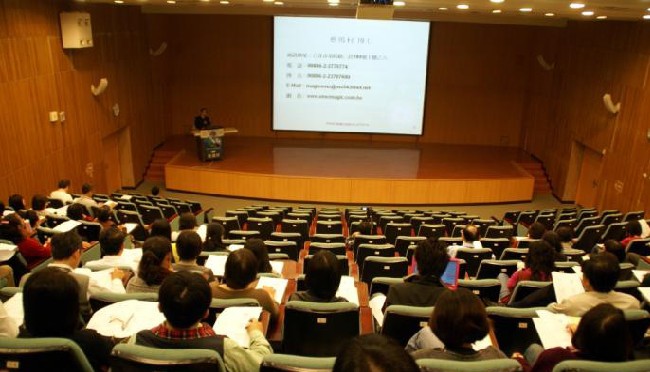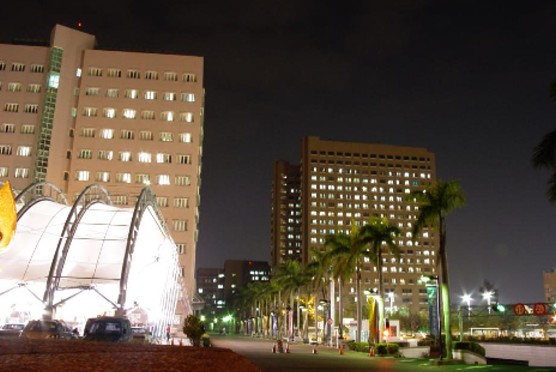Library Service
The University library, with the new building completed in 2005 and the original facility, now has approximately 3,600 square meters of floor space plus significantly more advanced computers, collection management equipment, and study facilities. Users can access the library’s automation system from remote locations to search for books and obtain other information. Users may also employ the library’s online databases to retrieve full-texts and article abstracts.
The library currently contains more than 300,000 volumes and over 1,000 periodicals in Chinese, Japanese, and Western languages. In addition, there are more than 60,000 e-books and more than 20,000 e-journal article/papers. The vast majority of non-current periodicals have been bound for permanent use. The library’s collection of electronic materials includes various CD-ROM databases, online databases, e-journals, and e-books. The university continues receiving funding from the Ministry of Education and donation to expand its collections, facilities and activities. In every month during a year except winter and summer vacation periods, there are (1) sixteen thousand plus book titles being checked out of the library; (2) over thirty thousand users entering the main library; and (3) more than twenty thousand frequencies in the uses of the electronic resources (ER) system and forty thousand in multimedia on demand (MOD) system respectively.
The library has a special area called multi-media learning classroom. It provides students with online learning activities and facilitates the use of multimedia teaching and learning materials. Audiovisual instruction fosters interest in learning and study. The classroom is equipped with a broadcast system with real-time multicasting equipment as well as an MOD system. In addition, group discussion rooms and study carrels bring in more opportunities for teachers and students to study interactively after class. Plenty of popular comics are placed in an open area with timber floor and soft lighting where users can read comfortably. The library website presents a range of updated information regarding recent changes in the library such as new arrivals, educational activities for users, and the regulations.
Information Technology
KMU connects Internet via Taiwan Academic Network (TANet), and Internet2 via TaiWan Advanced REsearch Network (TWAREN). The bandwidth for Internet and Internet2 is 500Mbps. KMU also has a dedicated 100Mpbs link to ISP. The backbones of the campus network are using Gigabit Ethernet (1,000 Mbps).
The campus wireless network allows students and staff to access the Internet via IEEE 802.11b/g/n WiFi at classrooms, conference rooms, lounges, library, meeting rooms, outdoor gardens and coffee shops.
The Campus Information System established by the Office of Library Information Service covers online services for academic affairs, student affairs, general affairs, research and development, human resources, accounting, and continuing education. The Office of Information Technology is committed in continuing liaison with relevant Offices to refine the current Campus Information System and future system development.
The Office of Library Information Service is in charge of three computer classrooms equipped with instructional software and hardware for teaching. The computers provided are operated with Microsoft Windows XP operating system, Microsoft Office application software, statistics software such as SPSS and SAS, etc. There is also one such computer room available for student use. In order to promote the concept of intellectual property rights within the KMU campus, KMU has invested at least 3.5 million NTD a year in purchasing licensing software products for teaching, learning and research purposes, such as SAS, SPSS, JMP, Adobe Web Premium, PhotoImpact, Open Value Subscription-Education Solutions, etc. The Office of Library Information Service also offers management of downloading and training programs for these campus authorized software and free/open-source software, and maintenance of the E-learning Platform.
